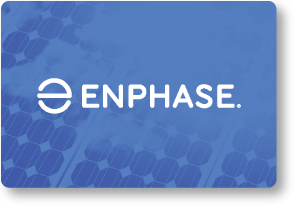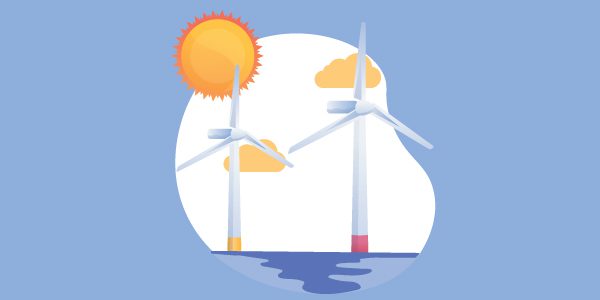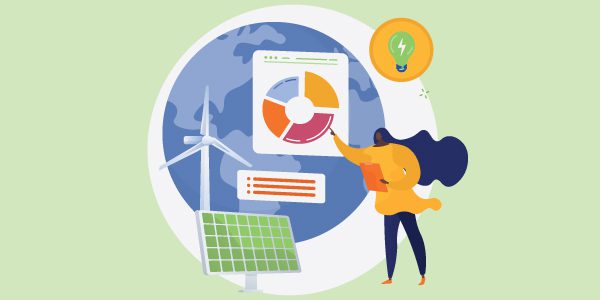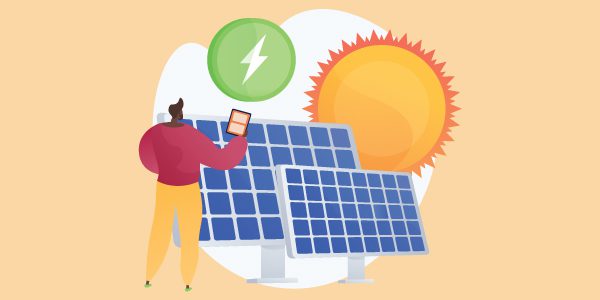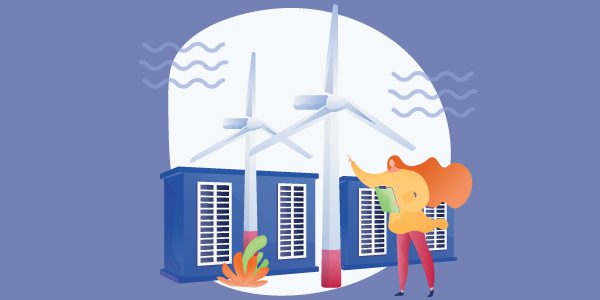While China is leading in offshore wind, Europe is closely leading behind – with 10% of total wind energy capacity within the EU-28 being contributed by offshore wind farms.
Europe was also the first to use this renewable energy, with the world’s first offshore wind farm being built in Denmark all the way back in 1991. As offshore wind picks up across the continent and the world, more obstacles are being unearthed and, as such, more innovations are required.
Offshore wind has its challenges. However, one of the biggest ones is how to build it in deep water. An idea that has been proposed is floating turbines – the question is, are they the answer?
Offshore Wind In Europe
With increasing energy instability (and subsequently an energy crisis) – renewable energy is now not just a nice-to-have but a must-have for Europe. Many countries are looking to green energy to provide independence and stable pricing. Europe is perfect for offshore wind. With a continental shelf that stretches out for 100s of kilometres, it’s highly suitable for fixed-bottom offshore wind.
As of mid-2022, Europe has installed 28.4 GW of offshore wind. We should expect the projects to ramp up, as the European Government has pledged to install up to 160 GW of offshore wind by 2030. There is also a collaboration happening between Belgium, Denmark, the Netherlands, and Germany where they have pledged to install 65 GW by the end of the decade.
The UK is currently the biggest producer of offshore wind in Europe, and as of September 2022, they have the world’s largest offshore wind farm (1.3 GW of installed capacity) off Yorkshire, England.
Offshore Wind Turbines vs Onshore Wind Turbines
The two types of turbines are nearly identical. On the surface, the most identifiable difference is the size. While land turbines are huge in their own right, usually hitting the 150m (492 ft.) mark, offshore turbines are humongous. One project in the US has turbines at 180m (580 ft.), which is dwarfed by GE Renewable Energy’s Haliade-X 14 turbine, coming in at 260m (853 ft., which for comparison is just 40 metres shy of the Eiffel Tower). Another key difference lies beneath the surface, which will be explored in the next section.
Floating Turbines: What are they?
As in the name, these types of turbines don’t have a turbine tower fitted (bottom-fixed) to the sea floor. Rather, the turbine is attached to an anchor of sorts that holds it in place, with the help of taut cables, ballast, or tendons, to name a few. In order to get the most energy out of the turbine, it must remain as still as possible.
There are many types of floating turbines, for this article I will look at three:
Spar-Buoy (A.K.A. Hywind)
The spar-buoy technology was actually developed originally for the oil and gas industry and was used to keep platforms afloat for offshore drilling. The spar-buoy is a long tube that uses a ballast (a heavy material used to stabilise the body), which forces the centre of gravity to lie below the centre of buoyancy. The long and short of it is, it prevents the object (in this case, the turbine) from tipping over due to forces such as waves or wind. The buoy is anchored by three mooring lines.
This technology is utilised in the Hywind Scotland pilot park, which has been in operation since 2017 and was the world’s first floating wind farm. The turbine towers over the landmark Big Ben, at 253 metres, and has a capacity of 30 MW, supplying up to 20,000 homes. The fact that they’re still standing all these years later is a testament to spar-buoy technology. However, it’s not the easiest to install. With it having a deep draft (meaning that it rests deep below the waterline), it requires an on-site installation, which is costly.
Tension-leg platform
Normally used for offshore gas and oil, this too has been adopted for offshore wind turbines. Unlike the spar-buoy type, it does not require offshore assembly. This makes it significantly easier as it can be constructed on land. The tension-leg platform has been around since the early 1980s, the first being built in the North Sea in Cononco’s Hutton field.
The platform is propped up by tension legs. These legs (also known as tendons) are made up of steel that is secured to the seabed through either concrete or steel. This prevents the turbine from moving in an up-and-down motion. Rather, it will, just like a spar-buoy, only rock side-to-side from the waves and wind.
Semi-submersible
This appears to be the most popular form of floating offshore wind technology, with 80% of companies planning to use semi-submersible technology in their projects. It has a shallow draft, which means that the structure, unlike the spar-buoy method, does not rest too far below the water line. What this means, is that it can be constructed onshore.
This means that installation costs are significantly cheaper. The hull of the structure can be made up of concrete or steel. However, concrete seems the more environmentally conscious option, as it can last for over 100 years compared to 20-30 years with steel. This submersible type is similar to the spar-buoy, but it’s held by multiple hulls (made of concrete, filled with air) that keep the turbine stable.
Floating Turbines: Why do we need them?
The wind energy harnessed is significantly stronger the further it is from the coast. As you move further out, the seabed becomes extremely deep. Due to the sheer depths, a traditional turbine would not be suitable. In fact, 80% of maritime waters do not meet the required 50m depth restriction for fixed-bottom turbines.
Therefore, an alternative is required, which brings us to floating turbines. If we can harness this innovative turbine, we are open to a whole sea of (literally and figuratively) renewable energy opportunities. This is evident with Japan. Fixed-bottom offshore wind has a potential of 128 GW, while its floating counterpart, on the other hand, has a potential of 424 GW.
Additionally, being far out at sea, offshore wind electricity is more reliable, consistent, and, as previously mentioned, stronger than land turbines. There’s also an added benefit of the farms not disrupting the natural landscape, which brings local communities on side.
For some areas, it’s not a problem of an affected landscape. In California, for example, they have a much deeper set coastline (compared to the east coast of America), necessitating the need for floating offshore wind. Fixed-bottom turbines are restricted to a depth of 50 metres (164 ft.). Given that two designated wind energy sites off California (Morro and Humboldt Bay) have average depths of 750m to 1000m, a floating alternative is required.
Floating Turbines: Future for Europe
While it was previously mentioned that Europe has a long continental shelf (which means a larger area to install fixed-bottom offshore wind), some parts of Europe aren’t afforded that luxury. For deeper basin areas along the Mediterranean and Atlantic, floating offshore is necessary. Additionally, the Mediterranean’s narrow shelf means that when offshore wind comes up against economic activities like fisheries, maritime transport, and tourism; it’s not going to win.
Floating offshore is the solution. It won’t disrupt the country’s income or cause discontent with the local community. Currently, Europe has 113 MW of floating wind turbines in operation, with more on the way. It’s expected to rise to over 300 MW over the next two years. This is largely due to projects off the French Mediterranean coast, where three new floating offshore wind farms are to be installed. Each will use different technologies and, altogether, will provide around 85 MW. This is in addition to the 88 MW Hywind project in Norway.
While offshore fixed-bottom wind is playing a significant role in Europe’s green energy transition, floating offshore wind has the potential to eclipse that. Floating offshore wind yields higher levels of energy and it doesn’t disrupt the natural landscape. Additionally, it’s suitable and in some cases the only option for countries along the Mediterranean and Atlantic ocean.



